Finding the Perfect Fit: Custom Rigid Orthotics for Happy Feet
The Importance of Foot Support
When it comes to foot health, proper support is essential. Insoles play a significant role in providing the necessary support to our feet, and one key aspect of insoles is arch support. Understanding the role of insoles and the benefits of arch support can help us prioritize our foot health.
Understanding the Role of Insoles
Insoles, also known as shoe inserts or footbeds, are removable cushioning layers placed inside shoes to enhance comfort and support. They are designed to provide additional padding, shock absorption, and stability. Insoles can help alleviate foot discomfort, reduce fatigue, and improve overall foot function.
One of the primary functions of insoles is to provide support to the arches of the feet. Arches are the curved structures formed by the bones, tendons, and ligaments in our feet. They act as natural shock absorbers, distributing the forces exerted on our feet during walking, running, or standing.
Insoles with arch support help maintain the proper alignment of the feet, reducing excessive stress on the arches. They provide a stable base, preventing overpronation (rolling inward) or supination (rolling outward) of the feet. By supporting the arches, insoles promote proper foot mechanics and can help alleviate various foot conditions, such as plantar fasciitis, flat feet, and high arches.
The Benefits of Arch Support
Arch support offers several benefits for our feet and overall foot health. Some key advantages include:
- Reduced Foot Pain: Arch support helps distribute the weight evenly across the feet, reducing strain on specific areas. This can alleviate pain caused by conditions like plantar fasciitis, arch strain, and metatarsalgia.
- Improved Stability: By supporting the arches and promoting proper foot alignment, insoles with arch support enhance stability and balance. This can be particularly beneficial for individuals who participate in sports or activities that require quick movements and changes in direction.
- Enhanced Shock Absorption: Arch support helps absorb the impact forces experienced during activities like walking or running. This can reduce the stress on joints, ligaments, and tendons, potentially preventing injuries and reducing fatigue.
- Better Foot Function: Insoles with arch support can optimize foot mechanics, allowing for more efficient movement. This can improve overall foot function and potentially enhance athletic performance.
It’s important to note that the level of arch support needed may vary from person to person. Some individuals may require more pronounced arch support, while others may benefit from more moderate support. Working with a podiatrist or foot specialist can help determine the appropriate level of support for your feet.
By understanding the role of insoles and the benefits of arch support, you can make informed decisions about your foot health. Whether you choose custom rigid orthotics or other types of insoles, prioritizing proper foot support can contribute to happy and healthy feet. For more information on selecting the best arch support insoles for your needs, visit our article on best arch support insoles.
Introducing Custom Rigid Orthotics
When it comes to finding the perfect fit for your feet, custom rigid orthotics are a game-changer. These orthotics are specifically designed to provide personalized support and address the unique needs of your feet. Let’s take a closer look at what custom rigid orthotics are and how they differ from other insoles.
What are Custom Rigid Orthotics?
Custom rigid orthotics are foot inserts that are custom-made to fit your feet precisely. They are typically made from rigid materials such as plastic or carbon fiber, which provide firm support and stability. Unlike over-the-counter insoles, custom rigid orthotics are crafted based on a detailed assessment of your feet, taking into account factors like foot shape, arch type, and any specific foot conditions or issues.
The process of getting custom rigid orthotics involves working with a podiatrist or foot specialist who will conduct a thorough examination of your feet. This may include a gait analysis, where your walking pattern is evaluated, and taking impressions or 3D scans of your feet. These impressions or scans are then used to create orthotics that are tailored to your individual foot structure and needs.
How Custom Rigid Orthotics Differ from Other Insoles
While there are various types of insoles available, custom rigid orthotics offer distinct advantages. Unlike cushioned or foam-based insoles, which provide primarily cushioning and shock absorption, custom rigid orthotics focus on providing support and correcting biomechanical issues.
The rigid nature of these orthotics helps to control excessive motion and provide stability to the feet. They can help correct foot misalignments, such as overpronation (when the foot rolls inward excessively) or supination (when the foot rolls outward excessively). By promoting proper foot alignment, custom rigid orthotics can alleviate stress on the feet, ankles, knees, and even the lower back.
It’s important to note that custom rigid orthotics may not be suitable for everyone. They are typically recommended for individuals with specific foot conditions, such as flat feet, high arches, plantar fasciitis, or other biomechanical abnormalities. If you’re unsure whether custom rigid orthotics are right for you, it’s best to consult with a podiatrist or foot specialist who can evaluate your feet and provide personalized recommendations.
In the next section, we will explore the advantages of custom rigid orthotics in more detail, including their personalized fit, ability to correct foot misalignments, and effectiveness in alleviating pain and discomfort.
Advantages of Custom Rigid Orthotics
When it comes to foot support, custom rigid orthotics offer several advantages that make them a popular choice among individuals seeking relief and improved foot function. Let’s explore three key advantages: personalized fit and support, correcting foot misalignments, and alleviating pain and discomfort.
Personalized Fit and Support
Custom rigid orthotics are specifically designed to provide a customized and tailored fit for your feet. Unlike over-the-counter insoles, these orthotics are crafted based on a detailed assessment of your feet, taking into account factors such as arch type, foot shape, and any specific foot conditions or abnormalities.
By creating a mold or digital scan of your feet, podiatrists or foot specialists can create orthotics that match the unique contours of your feet. This personalized fit ensures optimal support and stability, which can help improve your overall foot function and alleviate discomfort.
Correcting Foot Misalignments
One of the primary purposes of custom rigid orthotics is to correct foot misalignments. These misalignments, such as overpronation (inward rolling of the foot) or supination (outward rolling of the foot), can contribute to various foot problems and discomfort.
Custom rigid orthotics are designed to provide specific support and alignment to address these issues. By providing the correct arch support and redistributing pressure evenly across the foot, orthotics can help realign the foot, ankles, and lower limbs, promoting proper biomechanics and reducing the risk of injuries.
Alleviating Pain and Discomfort
Custom rigid orthotics are often recommended to individuals experiencing foot pain and discomfort. Conditions such as plantar fasciitis, flat feet, and bunions can cause significant discomfort and impact daily activities. Custom orthotics can help alleviate these symptoms by providing targeted support and cushioning.
The rigid nature of these orthotics offers optimal support and stability for the feet. They help distribute pressure evenly, reducing strain on specific areas and relieving pain. By improving foot function and reducing stress on the feet, orthotics can make a significant difference in overall foot comfort.
Custom rigid orthotics are not only designed to provide relief from existing foot problems but also to prevent future issues. By addressing underlying biomechanical imbalances and providing proper support, these orthotics can help maintain foot health and prevent the development of foot conditions.
In the next section, we will explore the process of obtaining custom rigid orthotics and the importance of working with a podiatrist or foot specialist to ensure the best fit and function.
Getting Your Custom Rigid Orthotics
When it comes to receiving custom rigid orthotics, there is a process involved to ensure the perfect fit and optimal support for your feet. Working with a podiatrist or foot specialist is key to obtaining orthotics that address your specific needs.
The Process of Getting Custom Rigid Orthotics
- Initial Consultation: The process begins with an initial consultation with a podiatrist or foot specialist. During this appointment, they will assess your foot structure, examine your gait, and discuss any foot-related issues or concerns you may have. This information helps them understand your specific needs and determine if custom rigid orthotics are the right solution for you.
- Foot and Gait Analysis: To create custom rigid orthotics, a thorough analysis of your feet and gait is necessary. This may involve techniques such as a computerized gait analysis or taking impressions of your feet using foam or plaster molds. These assessments provide detailed information about the alignment and movement of your feet, which guides the design and fabrication of your custom orthotics.
- Orthotic Design: Based on the information gathered from the analysis, the podiatrist or foot specialist will design your custom rigid orthotics. They will take into consideration factors such as arch support, cushioning, and any specific foot conditions or abnormalities that need to be addressed. The design process aims to create orthotics that provide optimal support, correct any imbalances or misalignments, and alleviate pain or discomfort.
- Orthotic Fabrication: Once the design is finalized, the podiatrist or foot specialist will fabricate your custom rigid orthotics. This typically involves using high-quality materials such as durable plastics or carbon fiber to create the rigid base of the orthotics. The orthotics are carefully crafted to match the contours of your feet and provide the necessary support and stability.
- Fitting and Adjustment: Once your custom rigid orthotics are ready, you will have a fitting appointment with the podiatrist or foot specialist. They will ensure that the orthotics fit properly inside your shoes and make any necessary adjustments to optimize comfort and support. It’s important to communicate any discomfort or issues during this fitting session, as minor adjustments can often be made to enhance the fit and effectiveness of the orthotics.
Working with a Podiatrist or Foot Specialist
Getting custom rigid orthotics requires the expertise of a podiatrist or foot specialist. These professionals have the knowledge and experience to assess your foot health, address specific foot conditions, and design orthotics that cater to your unique needs.
When selecting a podiatrist or foot specialist, it’s essential to choose someone who is qualified and reputable. Consider factors such as their qualifications, experience, and patient reviews. They should have a strong understanding of foot biomechanics and be able to provide personalized recommendations based on your individual foot structure and concerns.
Working collaboratively with a podiatrist or foot specialist ensures that your custom rigid orthotics are tailored to your specific needs and provide the support and alignment correction necessary for happy and healthy feet. So, don’t hesitate to reach out to a professional to embark on the journey of obtaining custom rigid orthotics designed just for you.
Caring for Your Custom Rigid Orthotics
Once you have invested in custom rigid orthotics to provide optimal support and comfort for your feet, it’s important to properly care for them to ensure their longevity. Here are some cleaning and maintenance tips to keep your orthotics in excellent condition and maximize their effectiveness:
Cleaning and Maintenance Tips
- Regular Cleaning: Clean your orthotics regularly to remove dirt, sweat, and odor buildup. Use a mild soap or detergent and warm water to gently wash the orthotics. Avoid using harsh cleaning agents or soaking them for an extended period.
- Drying: After cleaning, ensure that the orthotics are completely dry before placing them back in your shoes. Wipe them gently with a clean towel and let them air dry naturally. Avoid using direct heat sources, such as hairdryers or radiators, as excessive heat can damage the materials.
- Avoid Submerging: Do not submerge your custom rigid orthotics in water or expose them to excessive moisture. Moisture can cause warping or delamination, compromising their structural integrity and effectiveness.
- Wear Moisture-Wicking Socks: To minimize moisture buildup and prevent odor, consider wearing moisture-wicking socks with your orthotics. These socks help to absorb sweat and keep your feet dry and comfortable.
- Inspect Regularly: Periodically inspect your orthotics for any signs of wear and tear. Look for cracks, fraying, or separation between layers. If you notice any damage, contact your podiatrist or orthotics provider for guidance on repair or replacement.
When to Replace Your Orthotics
While custom rigid orthotics are designed to be durable, they may eventually require replacement due to normal wear and tear or changes in your foot structure. Here are some signs that indicate it may be time to replace your orthotics:
- Visible Damage: If you notice visible cracks, tears, or significant wear on the surface of your orthotics, it’s time to consider getting a replacement. Damaged orthotics may not provide the necessary support and can exacerbate foot problems.
- Changes in Fit or Comfort: If your orthotics no longer feel comfortable or properly support your feet, it could indicate that they have worn down or no longer fit your current foot structure. Over time, the materials in orthotics may compress or lose their structural integrity, reducing their effectiveness.
- Foot Pain or Discomfort: If you experience new or increased foot pain, discomfort, or fatigue while wearing your orthotics, it may be a sign that they are no longer providing adequate support. Consult with your podiatrist or orthotics provider to assess whether replacement is necessary.
- Significant Weight Changes: Significant weight gain or loss can affect the structure and support provided by your orthotics. If you have experienced significant changes in weight, it’s advisable to consult with your healthcare professional to determine if adjustments or replacements are needed.
Remember, proper care and regular maintenance of your custom rigid orthotics are essential to ensure their longevity and effectiveness. By following these cleaning and maintenance tips and being attentive to signs of wear and discomfort, you can continue to enjoy the benefits of your orthotics for years to come.


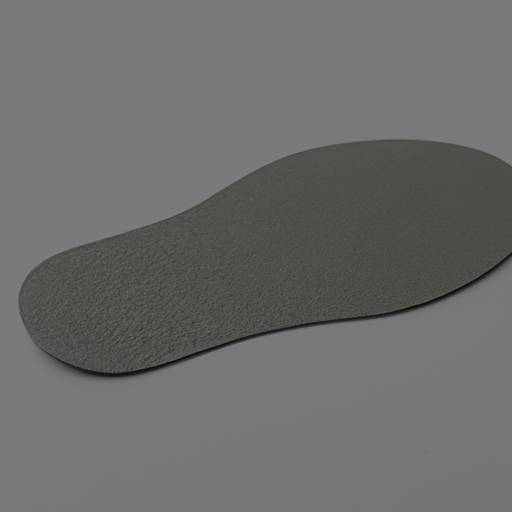
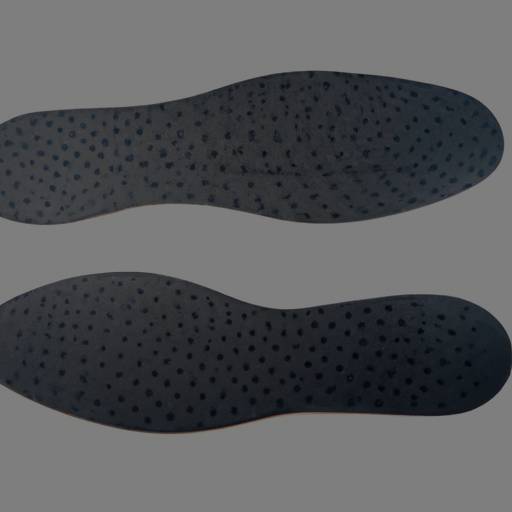
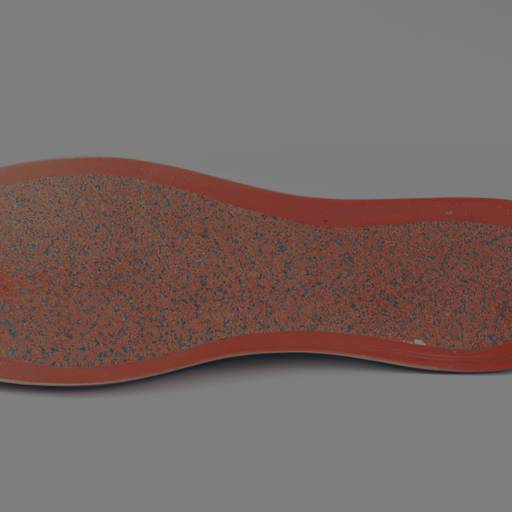
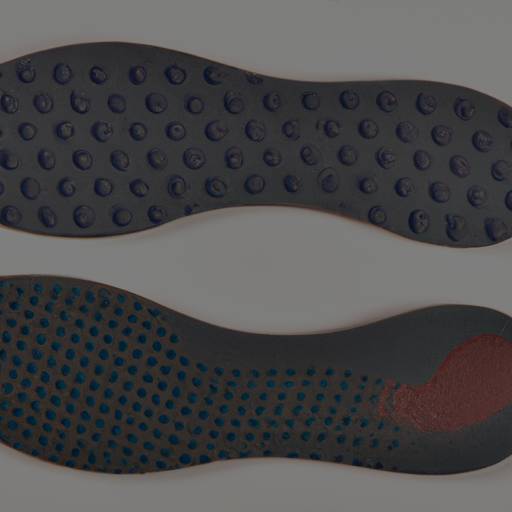

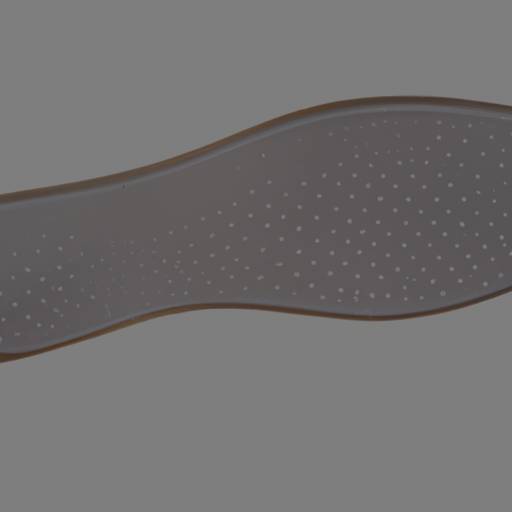
One Comment
Comments are closed.